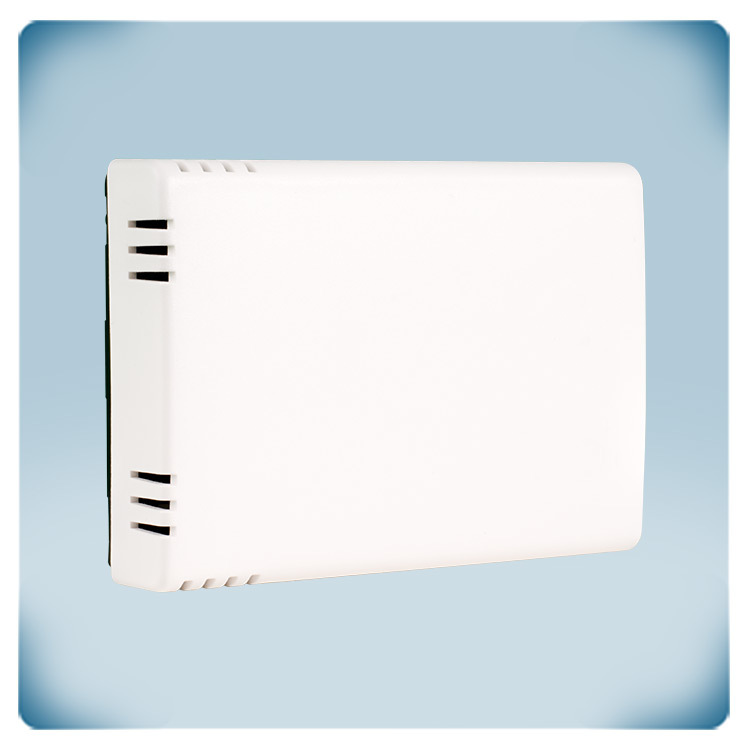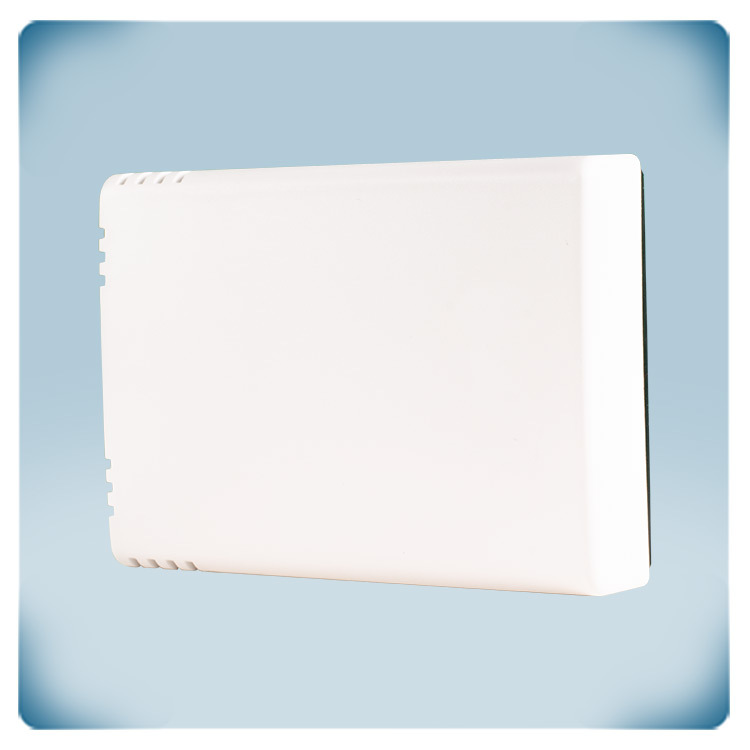EU declaration conformity
Passive room temperature sensor | PT1000
Product description
ROTSN passive temperature probes are designed for accurate and stable measurement of ambient temperature. They utilize a PT1000 platinum sensor element with a positive temperature coefficient of resistance, meaning its resistance increases with temperature. The sensor's resistance is 1,000 Ω at 0 °C.
The sensor is enclosed in a plastic casing with an IP30 protection rating. The low-profile housing features concealed screws, and the sensor has an insulation resistance of more than 10 MΩ.
Connection is provided via a screw clamp terminal block suitable for a maximum cable cross-section of 1.5 mm². These probes operate within a temperature range of -20 to 60 °C and a relative humidity of less than 95% rH (non-condensing), making them ideal for reliable measurements.
Documents
Additional specifications and description
Temperature sensors are vital components in HVAC systems, ensuring that environments are kept comfortable, efficient and safe. Thermal comfort affects our health, well-being, and productivity. Indoor temperature is amongst the major factors thermal comfort and, consequently, the productivity of occupants. Meanwhile, behavioural adaptation is known to be the most critical contributor to the adaptive thermal comfort model.
Most of the HVAC systems are temperature-based. These sensors continuously monitor the room temperature and automatically adjust the heating, cooling, or ventilation to maintain the desired conditions without the need for manual intervention. Just as you might manually adjust a thermostat to reach a comfortable room temperature, HVAC controllers use the temperature sensor readings to make precise adjustments automatically. This ensures consistent comfort throughout the space while optimising energy use.






.webp)
.webp)
.webp)
.webp)
.webp)

Remarks, reviews & ratings